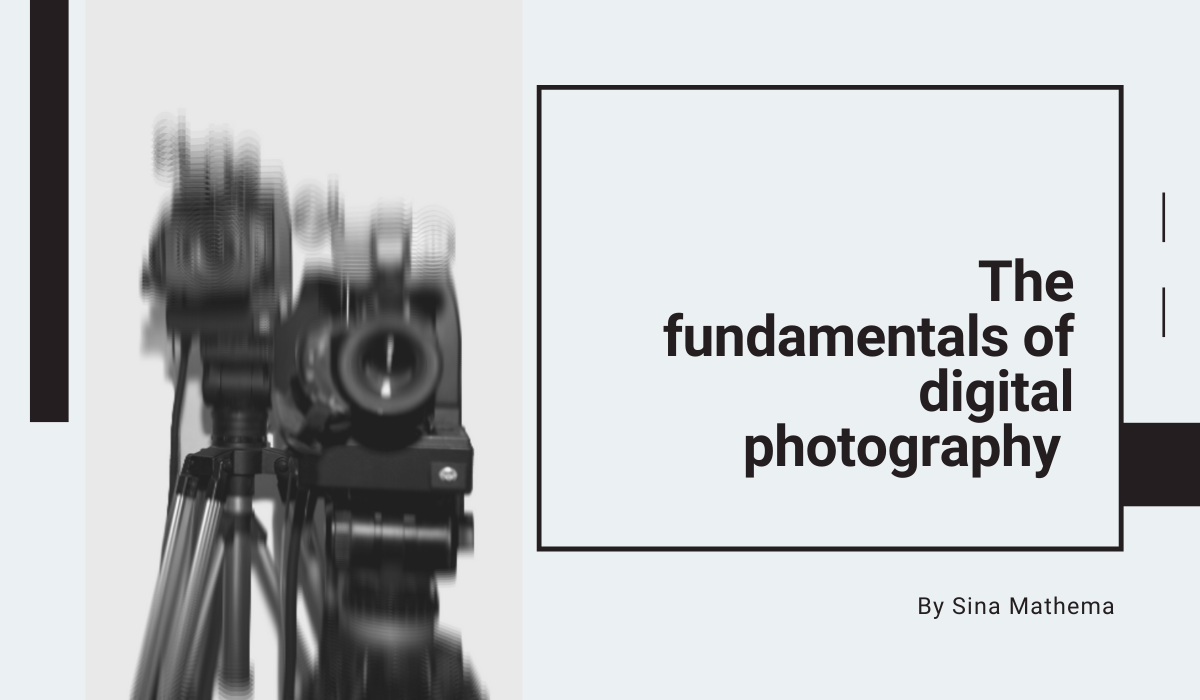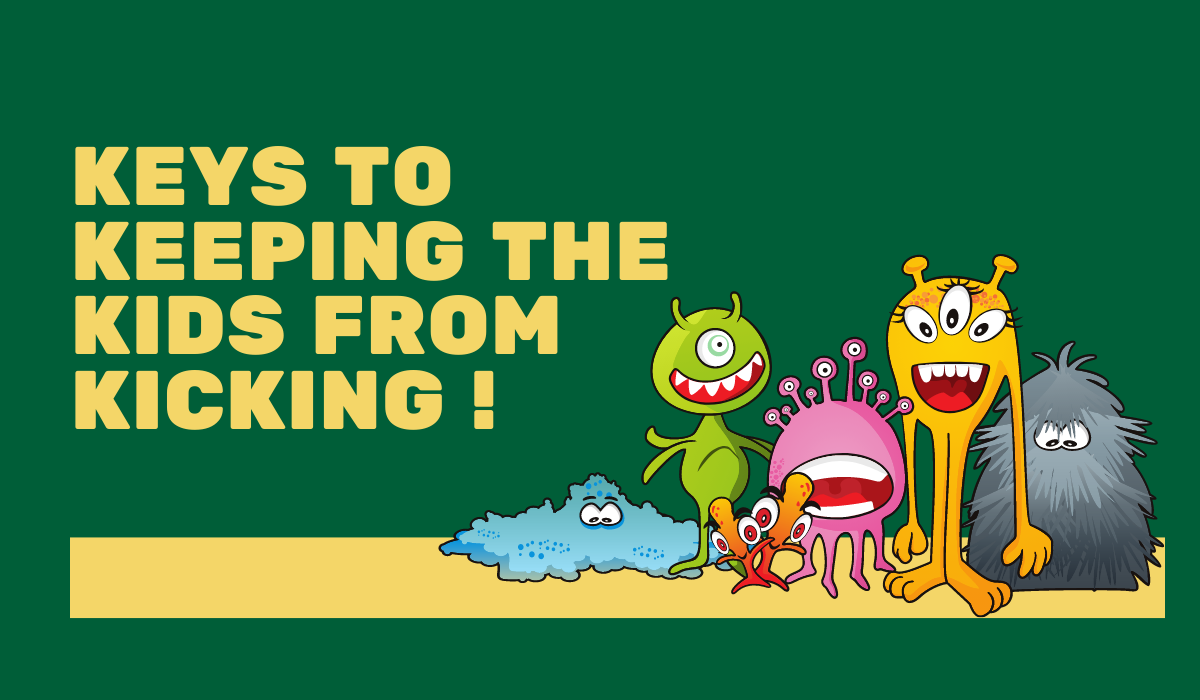Exposure to exposure; the fundamentals of digital photography

Photographers. A class of digital age artists (amongst the animators, graphic designers, filmmakers and the many others). In today’s digital age fluency in these mediums is becoming a fundamental skill set whether you’re working on a school project or you’re an aspiring photo-journalist. However, with the revolution of the camera-phone developing the skillset required to take a high quality photographs with a digital camera can feel like a chore; the lugging of a 2lb camera around your neck, the fidgety dials, the inter-changeable lenses. All the reasons to avoid it add up. On the other hand we now have access to increasingly high quality cameras at lower prices but, buying said camera doesn’t guarantee better photos.
In general photography is a fantastic medium for the exploration of the outside world, the world within and the world imagined. A great photo evokes emotion and curiosity in the viewer. A digital camera brings with it versatility, and so to those among us that choose to persist and dabble in or even dive into the waters of digital photography you’re in the right place. In the following guide I hope to make the first step into the world of digital photography a smooth one. Welcome to a lesson in the fundamentals to exposure.
The journey of light
Envision the journey of light from the source to fully formed sight. The light reflects off the object toward your eyes, it enters your eye through the pupil (aperture) and the amount of light that comes through is also influenced by the rate at which you blink (shutter speed). The actual neuro-transmission begins at the retina where the sensors (ISO) interpret the light. It is important to note that each of the above mentioned controls affects 1. exposure and 2. one other thing.
1. Aperture (Depth and exposure)
a. Think about aperture as how many f’s you give. Literally.
b. If you give loads of f’s, i.e want a lot of DEPTH of field, go for the higher f number (which would also translate into a smaller aperture/ less exposure). This is generally good for landscape photography.
c. If you don’t give a single f, (which is actually not possible, just put the lens cap on and walk away girl. But if you give fewer f’s lets say) go for a smaller f number, and you’ll get a smaller depth of field i.e more blurred background (this would translate to a larger aperture/ more exposure) and is generally good for portrait photography.
2. Shutterspeed (Motion blur and exposure)
a. Think of shutter speed as the rate at which you blink. The faster you blink the less light comes in when your eye is open and vice versa. Shutter speed is also used to control motion blur – this is when your subject is mobile, for example, a moving vehicle. If you want a crisp image you’ll want to use a fast shutter speed. If you want movement, you’ll want to use a slower shutter speed. If you want movement around a subject, you’ll want a fast shutter speed and will have to create motion with movement of the camera itself. The best way to perfect this is practice.
3. ISO (Noise and exposure)
a. Finally, ISO controls how much light the sensor itself captures. Think of it as sensitivity, I.S.O -> I’m overly sensitive. The higher the ISO, the more light AND noise is ‘sensed’, the brighter and noisier the image. The lower the ISO, the less sensitive and though this makes for a less exposed image it also makes for a less noisy image.
So there you have it folks. A quick exposure to exposure. Before I let you go I just wanted to share Mary Warner Marien’s quaint summary of photography from her book ‘Photography, a cultural history’, ‘It was conjectured to be variously an art, a danger to art, a science, a revolutionary means of education, a mindless machine and a threat to social order.’


